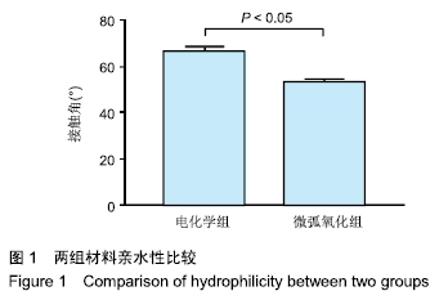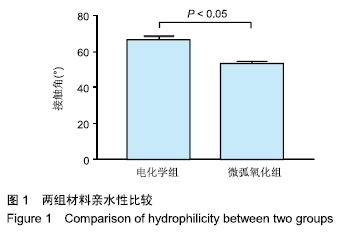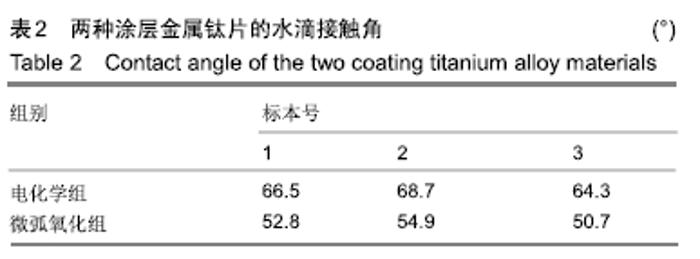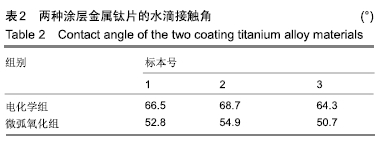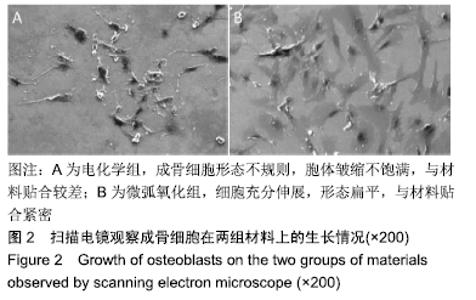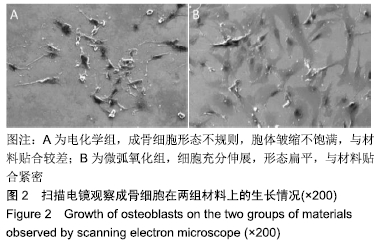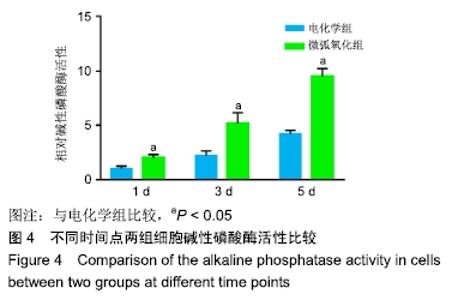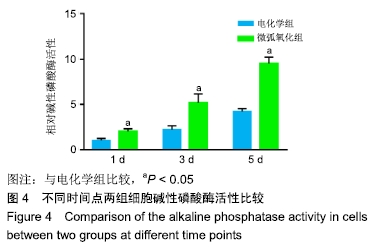[1] KOMASA S, NISHIZAKI M, ZHANG H, et al. Osseointegration of Alkali-Modified NANOZR Implants: An In Vivo Study.Int J Mol Sci. 2019;20(4).pii:E842.
[2] CARINCI F, LAURITANO D, BIGNOZZI CA, et al. A New Strategy Against Peri-Implantitis: Antibacterial Internal Coating.Int J Mol Sci. 2019;20(16).pii: E3897.
[3] HARDT CR, GRÖNDAHL K, LEKHOLM U, et al.O utcome of implant therapy in relation to experienced loss of periodontal bone support: a retrospective 5- year study.Clin Oral Implants Res. 2002;13(5):488-494.
[4] QUOC JB, VANG A, EVRARD L. Peri-Implant Bone Loss at Implants Placed in Preserved Alveolar Bone Versus Implants Placed in Native Bone: A Retrospective Radiographic Study.Open Dent J. 2018;12:529-545.
[5] GROSSMANN Y, LEVIN L. Success and survival of single dental implants placed in sites of previously failed implants.J Periodontol. 2007;78(9):1670-1674.
[6] MACHTEI EE, MAHLER D, OETTINGER-BARAK O, et al. Dental implants placed in previously failed sites: survival rate and factors affecting the outcome.Clin Oral Implants Res.2008;19(3):259-264.
[7] LARSSON C, THOMSEN P, ARONSSON BO, et al. Bone response to surface-modified titanium implants: studies on the early tissue response to machined and electropolished implants with different oxide thicknesses.Biomaterials.1996;17(6):605-616.
[8] HE W, YIN X, XIE L, et al. Enhancing osseointegration of titanium implants through large-grit sandblasting combined with micro-arc oxidation surface modification.J Mater Sci Mater Med. 2019; 30(6): 73.
[9] KAUR M, SINGH K. Review on titanium and titanium based alloys as biomaterials for orthopaedic applications.Mater Sci Eng C Mater Biol Appl.2019;102:844-862.
[10] SOUSA SR, LAMGHARI M, SAMPAIO P, et al. Osteoblast adhesion and morphology on TiO2 depends on the competitive preadsorption of albumin and fibronectin.J Biomed Mater Res A. 2008;84(2): 281-290.
[11] 史月华,谷志远,郑园娜,等.掺镁羟基磷灰石涂层对种植体骨结合的影响[J].口腔医学,2014,34(4):2492-52.
[12] 周田园,李德超,李慕勤,等.纯钛微弧氧化-多巴胺-环型多肽涂层的细胞相容性研究[J].口腔医学研究,2017,33(7):703-706.
[13] 罗翠芬,彭国光,冯远华,等.激素对种植体骨结合影响的研究进展[J].口腔疾病防治,2017,25(7):473-476.
[14] CHESSER T, FOX R, HARDING K, et al. The administration of intermittent parathyroid hormone affects functional recovery from pertrochanteric fractured neck of femur: a protocol for a prospective mixed method pilot study with randomisation of treatment allocation and blinded assessment (FRACTT).BMJ Open.2014;4(1):e004389.
[15] LI YF, LI XD, BAO CY, et al. Promotion of peri-implant bone healing by systemically administered parathyroid hormone (1-34) and zoledronic acid adsorbed onto the implant surface. Osteoporos Int. 2013;24(3):1063-1071.
[16] LI B, LIU H, JIA S. Zinc enhances bone metabolism in ovariectomized rats and exerts anabolic osteoblastic/adipocytic marrow effects ex vivo.Biol Trace Elem Res. 2015;163(1-2):202-207.
[17] 李丽,蒙秋蓉,郭琦,等.Shh信号参与调控BMP9诱导的间充质干细胞成骨分化[J].中国生物工程杂志,2014,34(9):9-15.
[18] 丁丽,王薇,张玉梅.不同微弧氧化处理时间对掺锶羟基磷灰石涂层性状和成骨细胞行为的影响[J].牙体牙髓牙周病学杂志,2010,20(10): 551-554.
[19] 鞠昊,宋雨来,李志民,等.一步微弧氧化法处理钛合金的体外生物相容性研究[J].中国实用口腔科杂志,2018,11(6):358-360.
[20] JIANG QH, GONG X, WANG XX, 等.大鼠骨髓间充质干细胞和成骨细胞在钛表面掺锶羟基磷灰石涂层上的成骨研究[J].中国口腔医学继续教育杂志,2017,20(5):245-254.
|
